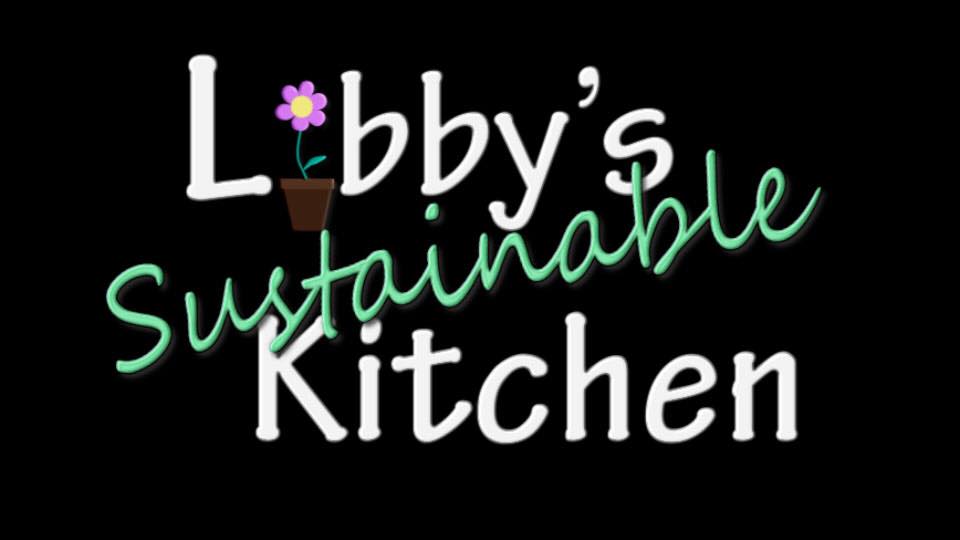Kitchen Basics is all about learning how to set up a sustainable kitchen so it is easy to put meals together from fresh seasonal ingredients! You will also learn the basics about food safety and which basic ingredients, equipment, and cleaning items you should always have in the kitchen.
The first thing in any kitchen is food safety and sanitation. This increases the life of our food, nutrient intake, and health.
- Clean hands, counter, and food
- Use soap and water or an environmentally friendly all purpose cleaner
- Rinse food to remove any visible dirt (check closely under fingernails)
- Sanitize sinks and counters when:
- Food will touch the sink or counter directly
- Raw meat has touched the surface
- Rinse produce in vinegar/water solution. Click here to see the ratio to use with your fruits and vegetables!
- Remove jewelry on hands and wrist (food and bacteria can harbor and easily transfer to food)
- Keep cold foods cold below 40 degrees F
- Keep hot foods above 140 degrees F
- Keep raw meats separate (designated cutting board)
- Environmentally friendly cleaning materials:
- Sanitizer: water minimum 180 degrees, peroxide, disinfecting wipes
- Non-stick scrubber
- Dish soap
- All-purpose cleaner
- Plant based sponge or dish rag
- Apple cider vinegar
- Extra virgin olive oil
- Grass-fed butter
- Coconut oil
- Avocado oil
- Raw cream
- Raw dairy
- Himalayan salt
- Fresh peppercorns
- A variety of vinegars
- Apple Cider vinegar
- Balsamic vinegar
- Red wine vinegar
- Garlic
- Array of dried spices (cumin, cardamom, red pepper, cinnamon, etc.)
- Fresh herbs (usually potted so they stay fresh until you need them)
- Nuts and seeds (almonds, sunflowers seeds, etc.)
Basic Equipment
- Knives: serrated edge knife, chef knife, paring knife
- Garlic press
- Salad spinner
- Glass storage containers: I prefer to buy the ones that can also be used in the oven so I have less dishes to wash. I use the same dish to store and heat the food.
- Cutting boards: one designated for meat, one designated for fruit and veggies

Hi Libby, I found your blog to be very interesting and informative, especially your section on kitchen basics. As a full time college student who also works part time, I am prone to eating whatever I can whenever I have the time to just because I am always on the go. We all know this is not the healthiest and most sustainable habit to do, but when we are so busy, we tend to eat and act to what is most convenient. However, being that this is my fourth year as a college student, I’ve grown and definitely become more mature in my grocery shopping and eating habits. One note that I found interesting from your blog was to remove jewelry on hands and wrists when preparing food. I used to work as a Front of House member at a local restaurant and I’ve noticed a lot of the cooks and other servers having multiple rings ad bangles hanging from their hands and arms. It amazes me that they were able to get away with that, considering it is very unsanitary. I also too note of the basic ingredients you’ve listed. Growing up my mom always cooked with extra virgin olive oil, to the point where I believed there was no other oil to cook with. It wasn’t until I was about a junior in high school where I really started to take account of what I was putting into my body. That’s when I discovered that magic of coconut oil. There are way too many uses for this product, but I literally use it for everything! Don’t even get me started on Apple Cider Vinegar. These are two products I cannot live without. Overall, I learned a lot from you Libby! Can’t wait to learn more!
ReplyDelete